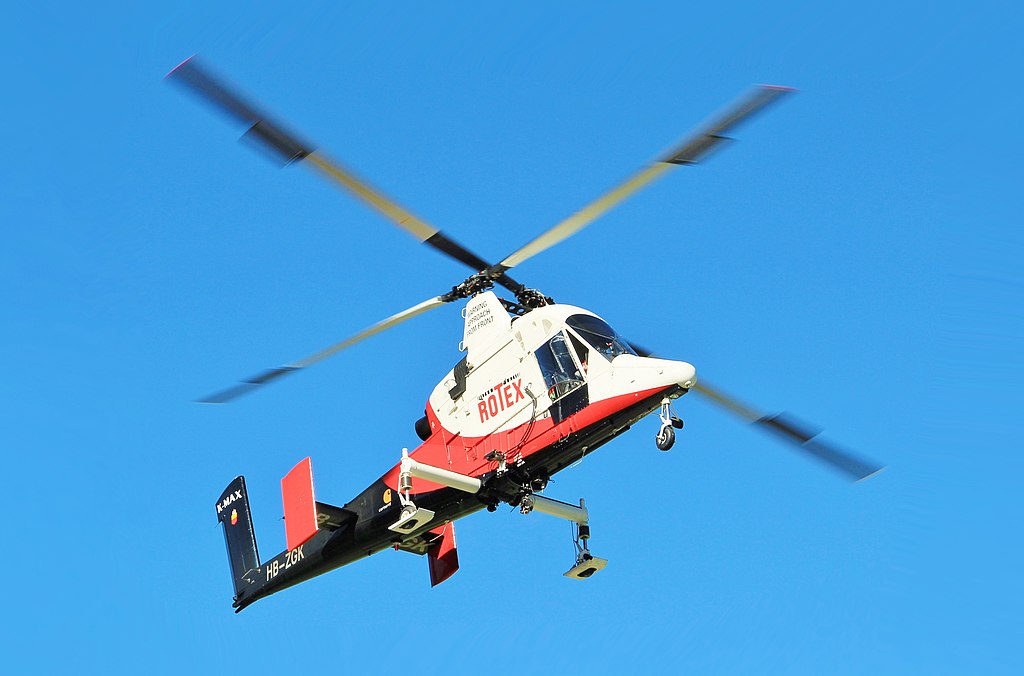
Kaman, a leading aerospace and industrial technologies company, is reaching another milestone in its corporate history. The company has announced a definitive agreement to be acquired by Arcline Investment Management, a private equity firm specializing in tech-driven industrial businesses. This all-cash transaction values Kaman at approximately $1.8 billion and will shift the firm to private ownership.
The news comes after a period of strategic transformation for Kaman, characterized by investments in cutting-edge technologies, expansion into new growth areas, and operational streamlining. While navigating the challenges of the recent pandemic, the company bounced back to profitability in 2021 before encountering a loss in 2022. This was driven in part by restructuring costs and the decision to shutter the K-MAX helicopter program once again.
With this decision, the company’s unique K-MAX helicopter has wrapped up a period of renewed interest. Following a 12-year hiatus, Kaman restarted K-MAX production in mid-2015 for an initial 10-unit run. This proved to be so successful that in 2017, the company announced it would extend production for another two years and 10 units. Deliveries of these new K-MAX helicopters were completed in 2022. The company said that, given low demand and the variation in annual deliveries, combined with low profitability and large working capital inventory requirements, the K-MAX did not deliver Kaman’s most compelling growth opportunity going forward.
Commercial-related operations are slowly moving forward for the firm. The company expanding its portfolio with the acquisition of Parker-Hannifin’s Aircraft Wheel & Brake division. This complementary purchase was aimed at expanding the breadth of the company’s Engineered Product offerings.
Defense, meanwhile has shrunk a bit. The company announced that it would be moving away from its Joint Programmable Fuze (JPF) program, closing one plant tied to its production. Previously defense-related operations had accounted for about 50 percent of Kaman’s revenue, now it hovers around 40 percent. Opportunities do remain, however, such as the competition for the U.S. Marine Corps medium unmanned logistics system-air (MULS-A) aircraft. Here the company is offering its new Kargo UAV system versus a Leidos/ Phenix design.
“Over the last several quarters, we have made significant progress executing our strategy by transforming our portfolio, through investing in innovation, pivoting to new growth technologies, and optimizing the Company’s cost structure,” Ian K. Walsh, Kaman Chairman, President and Chief Executive Officer said. “Arcline recognizes the strength of Kaman’s leadership and team, product portfolio and outstanding employees, and we look forward to benefitting from increased resources, expertise and flexibility as a private company post-closing. We thank Kaman’s many valued employees for helping us reach this important milestone in the company’s history.”
Arcline expressed deep respect and admiration for Kaman’s established team, rich history, and diverse portfolio of respected brands. They recognize Kaman’s longstanding reputation as a reliable provider of engineered components and subsystems for crucial markets and believe the company is exceptionally positioned to capitalize on favorable industry trends.
The transaction, which has been unanimously approved by the Kaman Board of Directors, is expected to close in the first half of 2024, subject to customary closing conditions, including approval by Kaman shareholders and receipt of required regulatory approvals.
A military history enthusiast, Richard began at Forecast International as editor of the World Weapons Weekly newsletter. As the Internet grew in importance as a research tool, he helped design the company's Forecast Intelligence Center and currently coordinates the EMarket Alert newsletters for clients. Richard also manages social media efforts, including two new blogs: Defense & Security Monitor, covering defense systems and international issues, and Flight Plan, which focuses on commercial aviation and space systems. For over 30 years, Richard has authored the Defense & Aerospace Companies, Volume I (North America) and Volume II (International) services. The two books provide detailed data on major aerospace and defense contractors. He also edits the International Contractors service, a database that tracks all the contractors involved in the programs covered in the FI library. More recently he was appointed Manager, Information Services Group (ISG), a new unit that encompasses developing outbound content for both Forecast International and Military Periscope.



